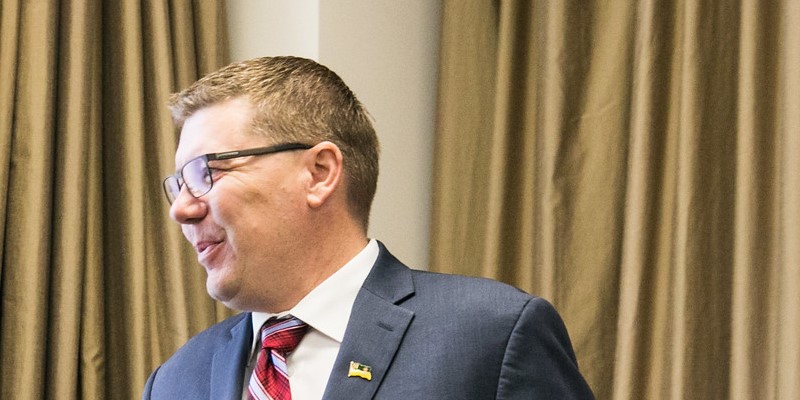Saskatchewan’s free-spending budget includes $273 million deficit

After a surprise budget deficit in 2023/24, Saskatchewan’s new budget projects yet another $273 million deficit in 2024/25. This abrupt change in fiscal fortunes—just a year ago the province was projecting surpluses—reflects the Moe government’s ongoing spending problem.
Budget deficits are nothing new for the province. In fact, Saskatchewan ran uninterrupted deficits from 2015/16 to 2021/22. As a result, the government accumulated billions of dollars of government debt (even before the pandemic) that Saskatchewan taxpayers ultimately must finance through their taxes. For perspective, net debt (total debt minus financial assets) more than doubled from $5.6 billion in 2014/15 to $12.3 billion in 2019/20 while debt interest payments grew to $580 per Saskatchewanian.
High spending fuelled these deficits. In fact, the Moe government recorded the highest level of per-person (inflation-adjusted) program spending on record at $16,843 in 2021/22. Even excluding COVID-related spending, spending that year ($15,585 per person) was the highest on record.
In 2022/23, the province’s fiscal fortunes briefly turned due to an unexpected windfall in resource revenue, which includes potash and oil royalties. Indeed, resource revenue was twice the 10-year average that year at $4.6 billion, and correspondingly the province enjoyed a temporary surplus.
But Saskatchewan’s surplus wasn’t the result of a meaningful change in policy—it was luck. And when that luck ran out, the government’s high spending sent it back into a deficit. Indeed, when resource revenue declined in 2023/24 the province quickly fell into a $483 million projected deficit.
Again, deficits are set to continue due to the government’s inability to control spending. While total revenue will be relatively strong at a projected $19.9 billion in 2024/25 due to growth in all categories, excluding resource revenue, high spending has wiped out any surplus the province may have had.
More specifically, total spending is projected to reach $20.1 billion in 2024/25, with increases projected in all major spending categories and “record” spending in both health and education—overall, health care is up 8.3 per cent, social services and assistance is up 6.0 per cent, and education is up 9.4 per cent. Other notable increases include municipal revenue sharing (i.e. funding for local municipalities), which after recording the highest level ever of spending in 2023/24 will jump more than 14.0 per cent in 2024/25, setting a new record.
More deficits will fuel more debt accumulation as net debt will reach a projected $16.3 billion in 2024/25. Correspondingly, debt interest payments will increase to a projected $739 per Saskatchewanian in 2024/25. Of course, debt interest costs siphon off taxpayer money that could instead be used for important services or even to reduce taxes.
Saskatchewan’s 2024 budget projects more deficits ahead fuelled by high government spending. To balance the budget and avoid more debt accumulation, which comes with real costs to Saskatchewanians, the Moe government must finally rein in spending.
Author:
Subscribe to the Fraser Institute
Get the latest news from the Fraser Institute on the latest research studies, news and events.

